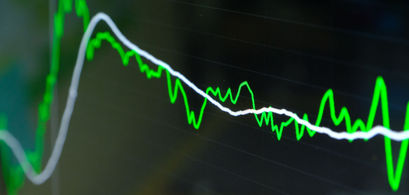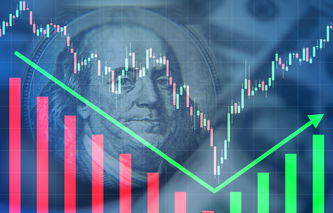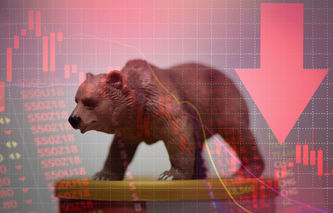Definition
The term market correction refers to the downward movement of a financial market or individual security. A market correction is classified as a secondary trend, since they are usually short in duration.
Explanation
Financial markets, such as commodities, bonds and stocks, typically demonstrate an upward or downward trend over time. Secular trends can last as long as 25 years, while primary trends will last for twelve months or more. Market corrections are secondary trends, which last from as few as a couple of weeks to several months, and may represent the reversal of a bull market.
While there is no strict definition, a commonly used description of a correction would be a decline of ten percent or more in a financial market or individual security. A correction may be a precursor to the start of a bear market, or merely represent an opportunity investors took to lock in capital gains in what might be perceived as an over-valued or over-bought market.





